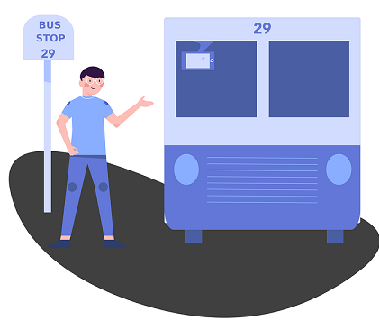Your cart is currently empty!

NAPLAN Results 2022, Post
NAPLAN Results 2022
NAPLAN Results 2022 confirm the trend: for ten years literacy results indicate students are not moving forward between Grade 4 and Year 7. Australian schools are good at teaching early literacy. By Year 4, students can
>decode the text on the page;
>answer questions relating to the chronology of stories;
>find explicit information to questions about a text;
>and move towards drawing implicit meanings in text.
From Year 4, our students do not continue in the upward trajectory we expect. They plateau. Students from this level onwards fail to improve in the writing of the English language. This means they do not develop a deeper understanding of English grammar. They certainly cannot write a sentence with a main clause and a subordinate clause. Nor do they develop a stronger command of vocabulary which remains basic. They often write the way they speak because they are failing to develop a literary style necessary for written English.
By Year 7 they have missed the literacy bus in many cases.
How do we, as educators, change this? Firstly, we must recognise the problem and accept it. The next step must be to supplement classroom instruction where these deficits exist and do so on an individual and a school level.
Recently, New South Wales acted to cull their curricula to make more room for essential learning. This could be in response, at least in part, to the state’s record number of students who are below standard. Afterall, in a crowded curriculum, with exhausted teachers, how can schools address instruction deficits! A good example is now set by NSW for all Australian states and the Northern Territory for further curricula reform.
Part of the solution is for teachers to teach using some demanding texts. Perhaps the failure to progress after Grade 4 is due to the reading-for-pleasure time allocated in class. Reading for pleasure is the lower level of reading and requires less from the reader. It has its positives and plays a role but should not be at the expense of serious and demanding reading tasks. It is about getting the balance right.
To begin the change teachers need training in English grammar and how to teach it. Many teachers in Australia today probably went to school when Whole Language Theory was the basis of literacy teaching – and there was no room for dissent among their teachers. According to WLT, language was picked up along the way, in context and automatically. It began to change in the early 1990s but many aspects of WLT have hung around. And today’s teachers missed out.
Intensive workshops on grammar with sentence analysis and construction will help teachers to help their students.